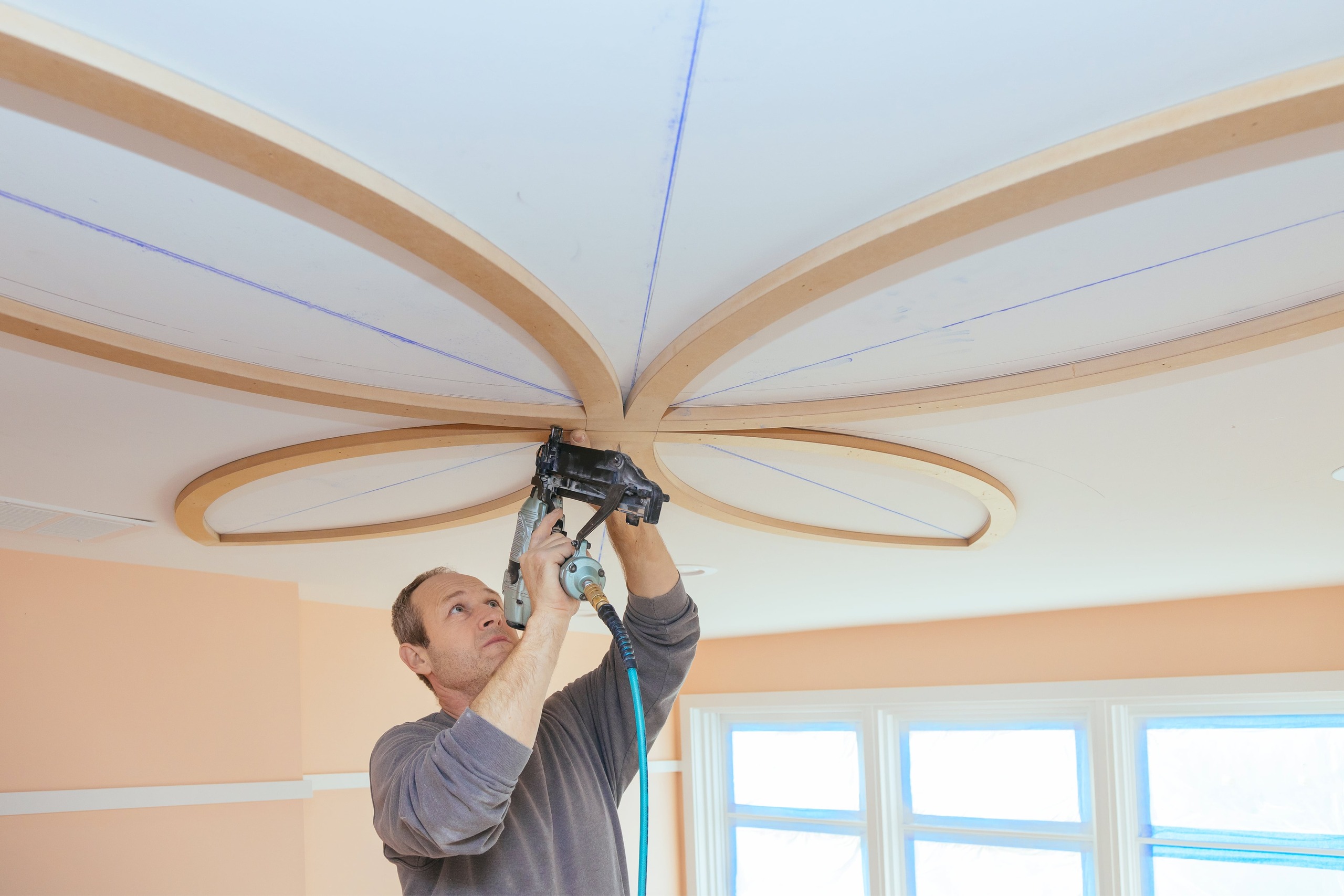If you have a friend or family member who is wheelchair-bound, you may want to consider setting up an accessible garden for them. This can be a very helpful way to help them continue to enjoy their hobbies and remain healthy and happy while undergoing physical rehabilitation or recovery.
You should be able to access the garden from a wide path that is paved, level and non-slip. Ideally, it should be at least three feet wide so that someone with a wheeled wheelchair can move along the path without difficulty.
Creating an accessible garden is not easy, but with the right tools and landscaping design, it can be done. Here are some ideas for setting up a garden that will make it easier to get around and maintain:
Setup a Raised Garden Bed
One of the biggest challenges for disabled people when gardening is getting the soil off the ground. This can be easily solved by putting in a raised garden bed. This will create an organized space for planting and weeding.
Use Low Maintenance Plants
Many plants require a lot of attention to maintain them, which can be difficult for wheelchair-bound people. The best solution is to select plants that are low-maintenance and will require minimal weeding. Also, consider choosing bulbs that bloom year after year so that you won’t have to keep replanting them.
Choose Adapted Tools
Ergonomic, lightweight and modified tools will be much easier for someone with limited mobility to handle. These tools are crafted with large and multiple handle areas, non-slip and grooved grips, built-in safety features, easy-squeeze triggers, and other modifications that shift stress away from the back and joints of a person with disabilities.
Adapted garden tools can be purchased at most home improvement stores, and are often made by the same manufacturers as standard garden tools. They are available in different sizes, handles, and lengths so that everyone can have the tools they need.
You can also find a lot of information about adaptive tools online from various organizations. These include the Reeve Foundation, which maintains a fact sheet on adaptive gardening.
A variety of accessible gardening tools can be found at home improvement stores, and you can even order them online. These can range from long-handled trowels to forks with rubber tips.
In addition, you can use garden hoses and drip feeder systems to keep the soil moist. These can be attached to the edge of a raised bed or near the bottom of a container so that they won’t impede someone with a wheelchair.
Another way to make it easy for a person with mobility problems to reach a garden is by placing climbers throughout the yard. These plants are easy to climb and will transform a bare spot in your garden.
Climbing plants can be placed in any corner of your garden, allowing you to fill it with color and fragrance. They are especially great for elderly and disabled persons, as they are within their reach.





